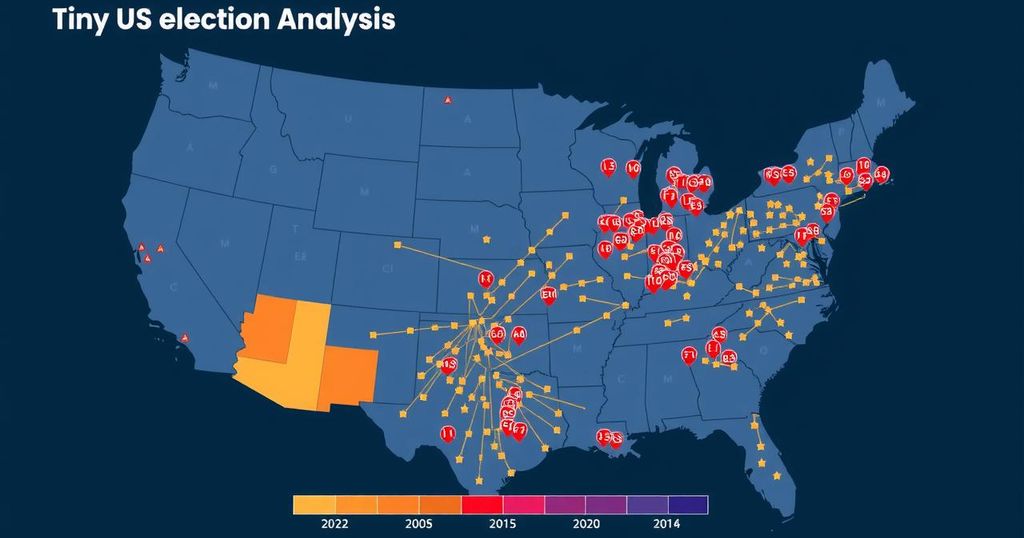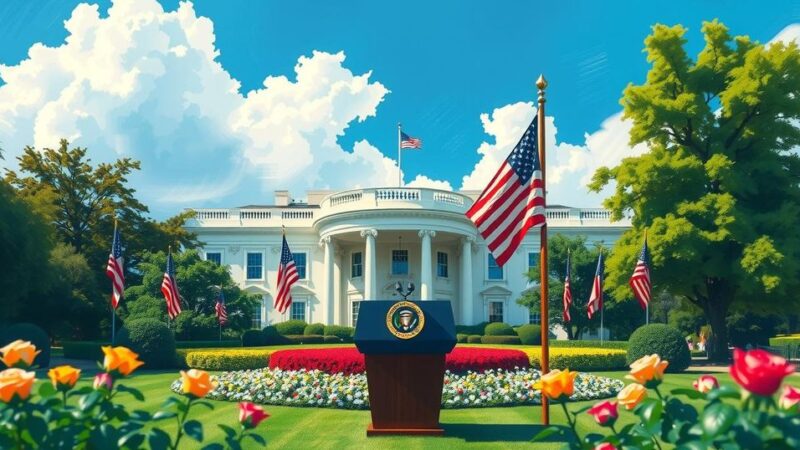Every four years, the United States conducts its presidential elections on the first Tuesday after the first Monday in November. This tradition, established by Congress in 1845, aligns with the agricultural calendar, ensuring that votes do not conflict with crucial farming periods and offering adequate time for rural voters to travel to polling places. The selection of Tuesday was also influenced by societal norms of the time, making it the most practical choice for election Day.
In the United States, Election Day, occurring on the first Tuesday after the first Monday in November, is a longstanding tradition dating back to the mid-1800s. This year, many Americans will participate in this electoral event on November 5, voting in what has been termed the most consequential decision for the nation: choosing between Democratic President Joe Biden and his predecessor, Republican Donald Trump. However, the reasoning behind the specific timing of the elections is complex and rooted in historical agricultural practices. Before the establishment of a uniform Election Day, individual states adhered to their own varied election dates, with voting occurring in a staggered manner in the weeks leading up to the Electoral College’s meeting in December. By 1844, elections were being conducted over a month-long period. Responding to concerns about the influence of earlier results on later votes, Congress passed a law in 1845 mandating that elections take place on a consistent date across the nation. This law stipulated that the presidential election should be held on “the Tuesday next after the first Monday in the month of November.” This choice of Tuesday in November was deliberate and significantly influenced by the agricultural context of 19th-century America. Many citizens, particularly farmers who constituted a substantial portion of the population, needed a specific time that would not coincide with either the bustling spring planting season or the crucial autumn harvest period. Furthermore, by November, the risk of severe winter weather was low, ensuring better access to polling locations. In addition to the timing in November, the selection of Tuesday was also pragmatic: Sunday was a day reserved for church attendance, while Wednesday was typically allocated as market day for farmers to sell their produce. The remaining options of Monday or Thursday were similarly dismissed due to practical considerations. Thus, Tuesday emerged as the most suitable day for holding elections, allowing for travel and participation without conflicting with other critical activities. As such, the establishment of Election Day on the first Tuesday after the first Monday in November rests on a historical framework tailored to the lifestyle and needs of early American farmers. This tradition has endured and continues to shape the electoral landscape of the United States today.
The establishment of a fixed date for presidential elections was formalized by a Congressional act in 1845. Prior to this, the disparate calendar system led to confusion and potential bias in election outcomes. The practicalities associated with agrarian life in 19th-century America directly influenced the specific choice for election timing, reflecting the societal norms of the time and the agricultural schedule of the population. This historical context aids in understanding the rationale behind the tradition that has persisted to this day.
In summary, the choice of the first Tuesday after the first Monday in November for U.S. presidential elections is rooted in historical agricultural practices and practical considerations of the 19th century. This tradition effectively ensures that elections do not coincide with critical farming activities while also allowing sufficient travel time for voters who resided in rural areas. Election Day remains a vital component of American democracy, reflecting both historical precedent and contemporary values.
Original Source: www.aljazeera.com






